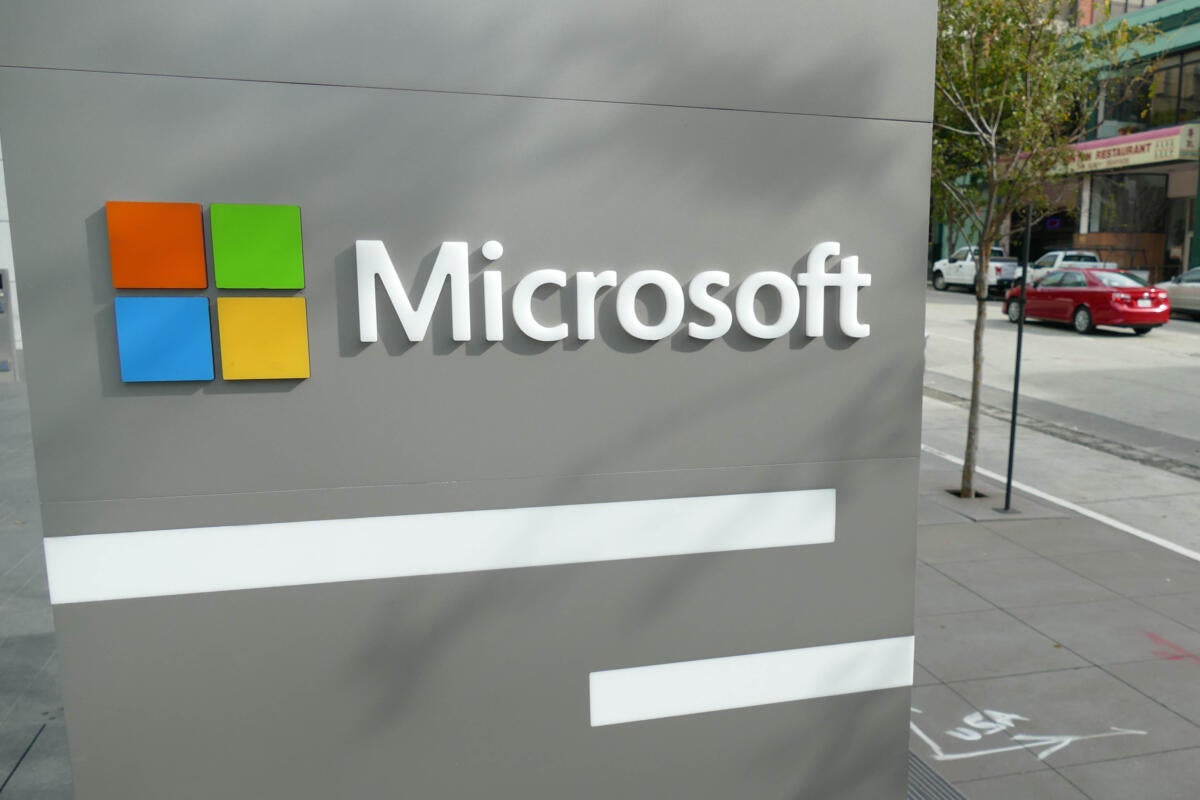Microsoft shelves all February security updates

Credit to Author: Gregg Keizer| Date: Tue, 14 Feb 2017 10:35:00 -0800
Microsoft today took the unprecedented step of postponing an entire month’s slate of security updates for Windows and its other products just hours before the patches were to begin rolling out to customers.
“We discovered a last-minute issue that could impact some customers and was not resolved in time for our planned updates today,” Microsoft said in a post to the MSRC (Microsoft Security Research Center) blog. “After considering all options, we made the decision to delay this month’s updates.”
Today was set as Patch Tuesday, the monthly release of security fixes from Microsoft. Normally, Microsoft issues the updates around 10 a.m. PT (1 p.m. ET). Although Microsoft did not time stamp its blog post, the SAN Institute’s Internet Storm Center (ISC) pointed out the delay at 8:22 a.m. PT (11:22 ET).
As Johannes Ullrich, founder of the ISC, penned the post, he noted that today Microsoft was to replace detailed security bulletins with a searchable database of support documents dubbed the “Security Updates Guide,” or SUG. Some experts decried the end of the security bulletins, which since at least 1998 had provided copious information about the fixes, and the vulnerabilities that triggered the patches.
“It is possible that this change in process caused the delay,” Ullrich said today.
Another possible cause could have been the monolithic updates Microsoft now issues to all its supported operating systems, except for the soon-to-be-retired Windows Vista.
In August, Microsoft announced that it would offer only cumulative security updates for Windows 7 and 8.1, ending the decades-old practice of letting customers choose which patches they applied. The new maintenance model for the older editions was a direct transplant from Windows 10, which has relied on cumulative updates since its mid-2015 launch.
By “cumulative,” Microsoft meant that each update included the contents of all previous releases, along with new fixes. But the label also referred to the structure of updates: They were unified entities that could not be broken into their parts.
Previously, Microsoft could delay a single patch — when, for example, that patch had been previously announced but had not been completed in time — without impeding the company’s ability to release all other fixes. That occurrence, while uncommon, was not extraordinary.
But as soon as Microsoft began packaging all patches into single item — as it did with Windows 7 and Windows 8.1 in November — it lost the power to postpone one fix while still releasing others. Although Microsoft security updates have become all-or-nothing affairs for customers, who must accept every patch or none, without any middle way, the same holds true for the Redmond, Wash. company as well: It must release all its scheduled patches, or none of them.
Today, Microsoft choose the latter.
“We apologize for any inconvenience caused by this change to the existing plan,” Microsoft said on the MSRC blog. The firm did not say when it would issue February’s security updates.
http://www.computerworld.com/category/security/index.rss